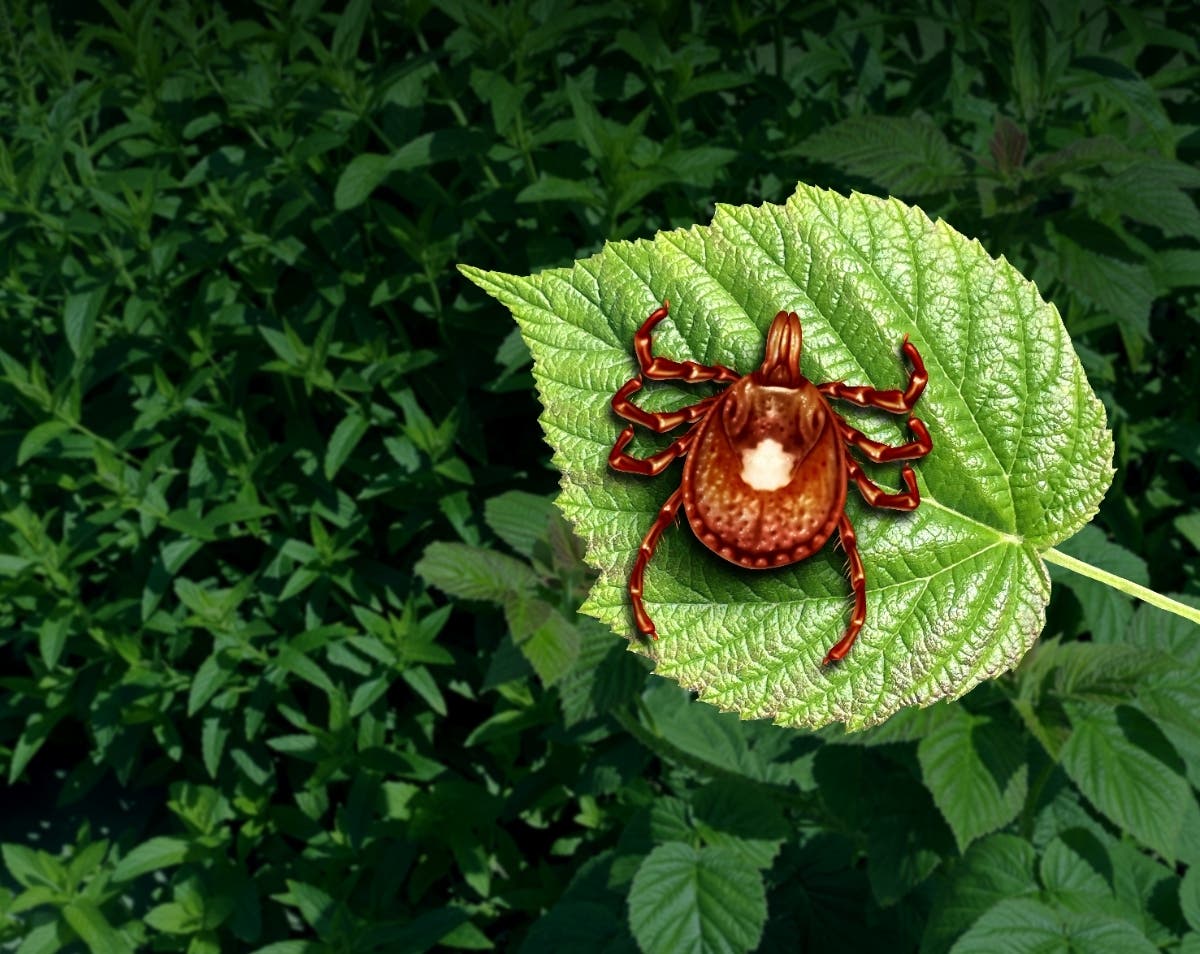Health & Fitness
An Aggressive Tick That Triggers Meat Allergies Is Rapidly Spreading
The lone star tick, whose larvae travel in "tick bombs," has spread far beyond the Southwest to the East Coast and northern states.

ACROSS AMERICA — The aggressive lone star tick, which is linked to a mysterious meat allergy and whose larvae travel in what are colloquially called “tick bombs,” is quickly spreading across the United States.
Researchers are becoming increasingly concerned about the spread of the lone star tick. Identifiable by the white starlike splotch on the backs of adult females, the larvae hunt in packs — hence, the tick bomb moniker.
“When you find one, you usually make, I always jokingly say, 500 new best friends crawling up your leg,” Holly Gaff, a professor of biological sciences at Old Dominion University in Norfolk, Virginia, told Consumer Reports.
Find out what's happening in Across Americawith free, real-time updates from Patch.
Here’s what you need to know about lone star ticks:
Meat Allergy Is A Mystery
Scientists are unsure why some people bitten by the tick develop a potentially life-threatening allergy to the red meat protein alpha-gal and others don’t, or if the allergies were triggered by something other than the tick bite. AGS, as the allergy is known, can be difficult to diagnose. Unlike other allergies, the symptoms may not appear for several hours after eating red meat. Some people develop an allergy to other products from mammals, including dairy products, and some may develop an allergy to certain medications. There is no known cure or treatment.
Find out what's happening in Across Americawith free, real-time updates from Patch.
From Jan. 1, 2017, to Dec. 31, 2022, some 90,000 people tested positive for the allergy, according to the U.S. Centers for Disease Control and Prevention. Cases, primarily reported in the southern, midwestern and Mid-Atlantic Census regions, increased from 13,371 in 2017 to 18,885 in 2021.
What Else Can Happen?
The most common illness from a lone star tick bite is ehrlichiosis, whose symptoms include a fever, muscle aches, nausea and vomiting, and a rash.
The CDC typically receives reports of around a thousand cases of ehrlichiosis a year but fielded more than 2,000 reports in 2019 — likely an undercount because symptoms are usually mild and can be similar to those of other tick borne illnesses, according to experts.
Lone star ticks are among species that can spread the bacteria that causes the rare but sometimes fatal illness tularemia. The species is also thought to be the primary vector of the emerging Heartland virus, which had by 2022 sickened about 60 people, primarily in the Midwest and South.
Some of the cases were fatal, Gonzalo Vazquez-Prokopec, an associate professor in the Department of Environmental Sciences at Emory University in Atlanta, told Consumer Reports. This may also represent an undercount due to the fact that some people are asymptomatic or have only mild symptoms.
Also, while the lone star tick doesn’t spread Lyme disease, it can transmit an imposter, southern tick-associated rash illness, or STAR.
The Tick Most Likely To Bite
Experts told Consumer Reports that lone star tick numbers could soon surpass the black-legged tick.
That already appears to be happening in New Jersey, where people who submitted ticks for identification in Monmouth County between 2006 and 2016 were more likely to send lone star ticks than the black-legged ticks, according to a study published in the journal PLOS One.
Other studies show the species is rapidly spreading in areas of Delaware, New York, Connecticut and other states.
Although more serious in terms of the viruses and bacteria it spreads, the black-legged tick is less likely than the lone star tick, the most aggressive of tick species, to bite in areas where both are common.
Why Are They Spreading?
The lone star tick used to be confined to the Southwest but is now commonly found throughout the eastern U.S. and even as far north as Canada.
Some scientists say a warming climate more hospitable to lone star ticks may be one reason for their spread, while others suggest the ticks are reestablishing themselves in areas where they were once common before their forest habitat was cleared for development.
Also, lone star ticks travel with a preferred host, deer, whose populations have rebounded in areas where forests have been reestablished.
Get more local news delivered straight to your inbox. Sign up for free Patch newsletters and alerts.